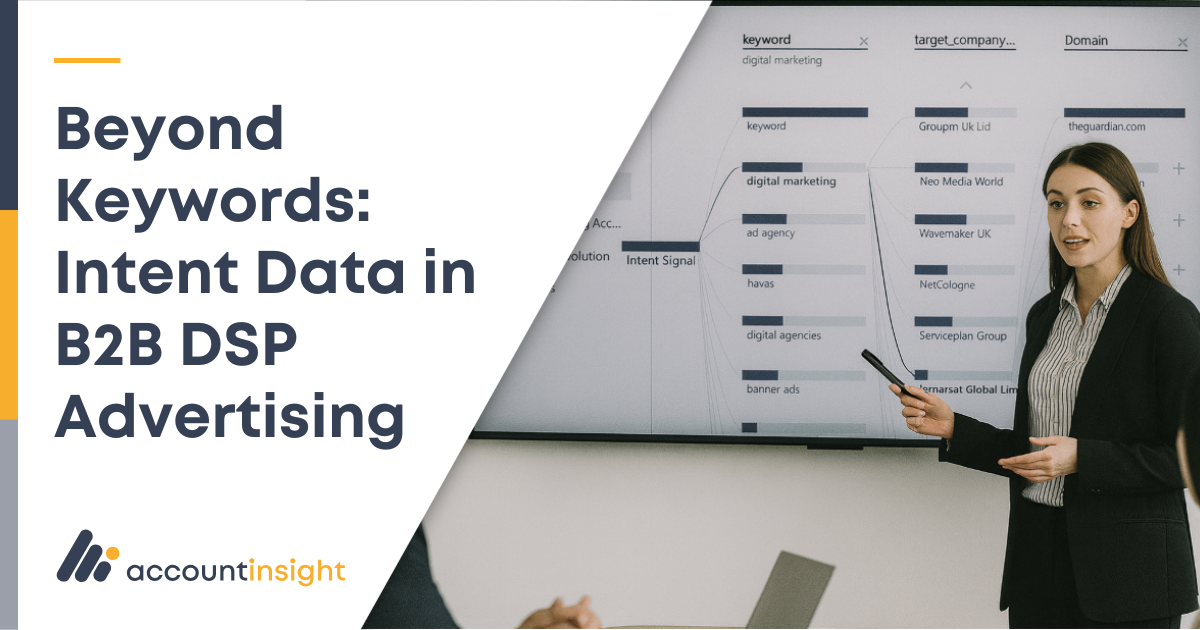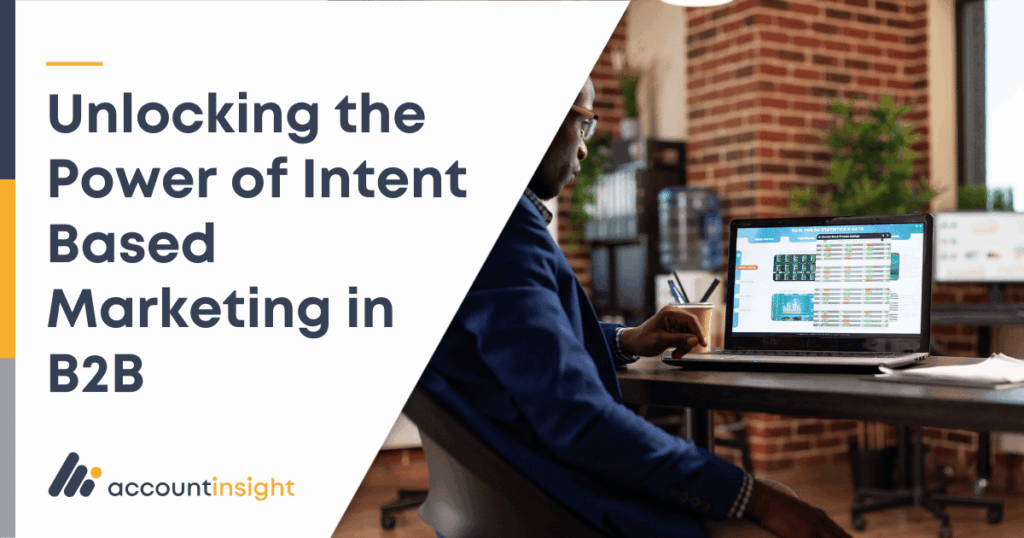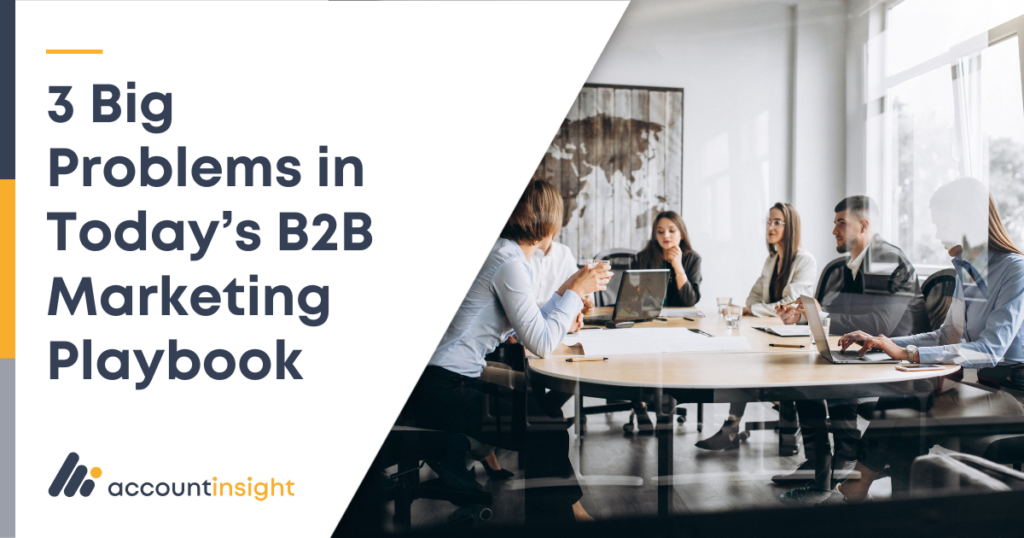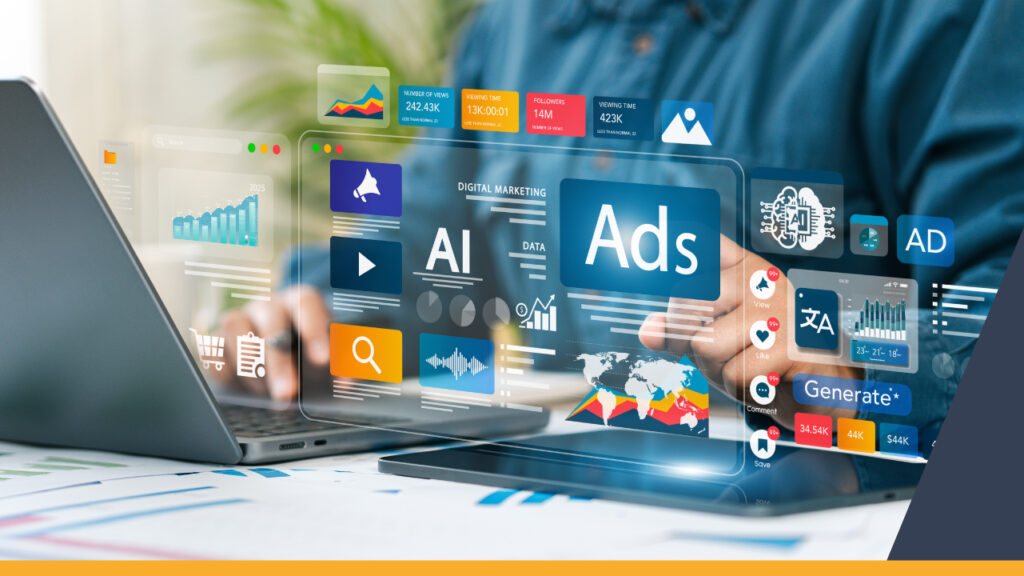The Problem With Keyword-Based Advertising
For years, digital marketers have relied on Google PPC campaigns to capture leads. The approach is simple: you pick keywords, bid on them, and hope that the person typing them into Google works for a company that could eventually buy your product.
But here’s the challenge for B2B marketers:
- Keywords are too broad. Someone searching for “digital marketing software” could be a student, freelancer, or small business owner — none of whom match your target enterprise profile.
- You’re chasing individuals, not companies. PPC is person-centric. In B2B, buying decisions are made by committees across IT, finance, procurement, and leadership.
- Budgets get wasted. You pay for clicks, but most of those users don’t belong to accounts you can realistically sell to.
In other words: with Google PPC, you’re casting a wide net and hoping to catch the right fish.
Why B2B DSPs Flip the Model
AccountInsight DSP turns this model upside down. Instead of starting with keywords, we start with the companies you actually want to sell to.
Here’s how it works:
- Ring-fence your target accounts. First, you define the companies that fit your Ideal Customer Profile (ICP). These could be based on industry, company size, revenue, or strategic importance.
- Layer on intent data. Once the right accounts are ring-fenced, IntentInsight shows you which of them are actively researching relevant topics. This means you’re not targeting everybody searching for “banner ads” — you’re targeting the exact companies you want, at the exact moment their teams show interest.
- Reach decision makers across the account. Instead of serving one ad to one person, AccountInsight ensures your message is visible to the entire stakeholder group inside the target company.
This account-first approach ensures that your budget is spent only where there’s real opportunity.
From Keywords to Context
Think of the difference like this:
- Google PPC: Keywords → Person → Maybe belongs to a company you can sell to.
- AccountInsight DSP: Companies → Intent signals → Decision makers researching keywords.
By flipping the funnel, AccountInsight eliminates guesswork and focuses on company-level relevance first, keyword relevance second.
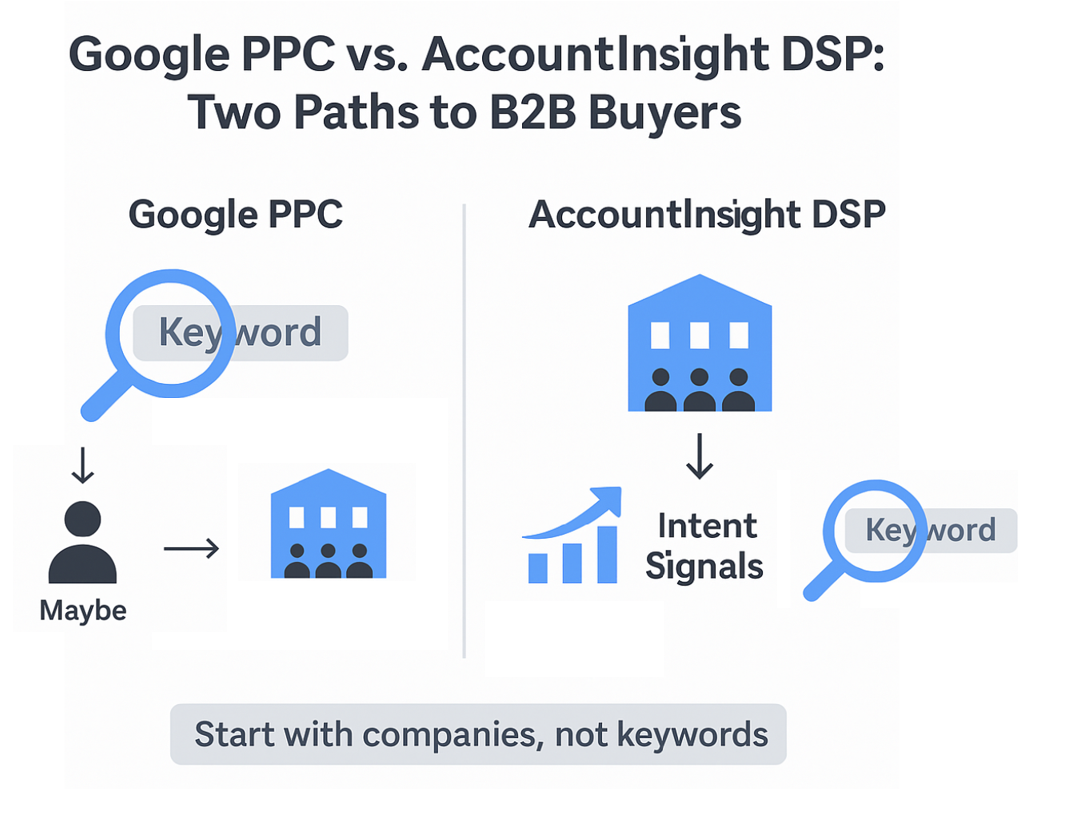
Why Intent Data Is the Game-Changer
Adding intent data to this equation is what makes campaigns hyper-targeted. Instead of just knowing who could be a good customer, you now know who is actively showing buying signals.
With intent data, you can:
- Prioritise spend on accounts with the strongest research activity.
- Stay visible where buyers are researching solutions.
- Influence stakeholders early, long before a Google search even happens.
- Build brand trust across the account, ensuring you’re the obvious choice when the buying window opens.
Why Hyper-Targeting Matters in B2B
In B2B, deals are high-value, long-cycle, and committee-driven. Wasting budget on irrelevant clicks is not just inefficient — it’s a missed opportunity to build brand equity inside the accounts that matter most.
Hyper-targeted campaigns powered by intent data allow marketers to:
- Reduce wasted spend.
- Focus resources on real opportunities.
- Create consistent brand presence across the right companies.
- Align advertising with the actual buyer journey.
Final Thought
Keywords alone aren’t enough. They cast the net too wide and leave B2B marketers guessing. By starting with accounts, then layering on intent signals, AccountInsight DSP with IntentInsight ensures that every euro, pound, or dollar you spend works harder.
👉 Learn more about Intent-Based Marketing with AccountInsight.

